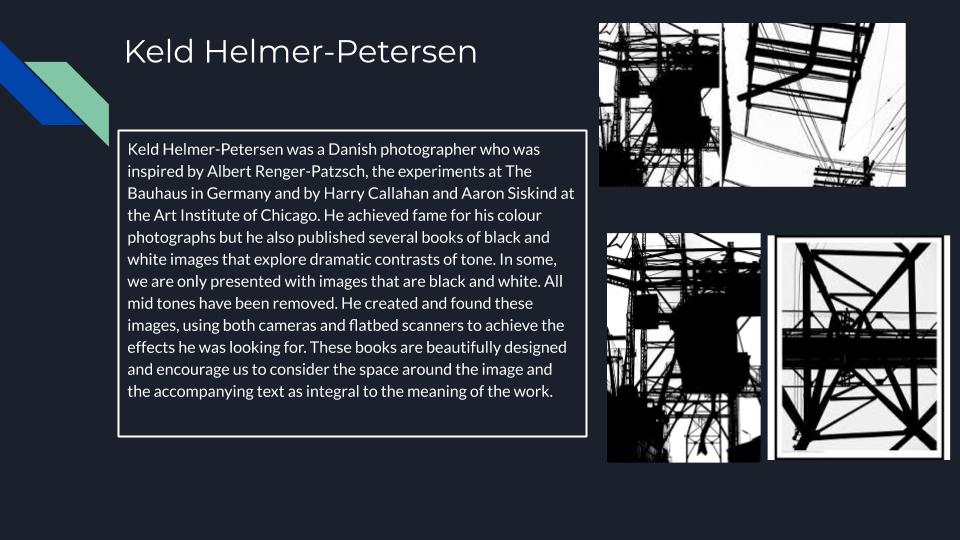

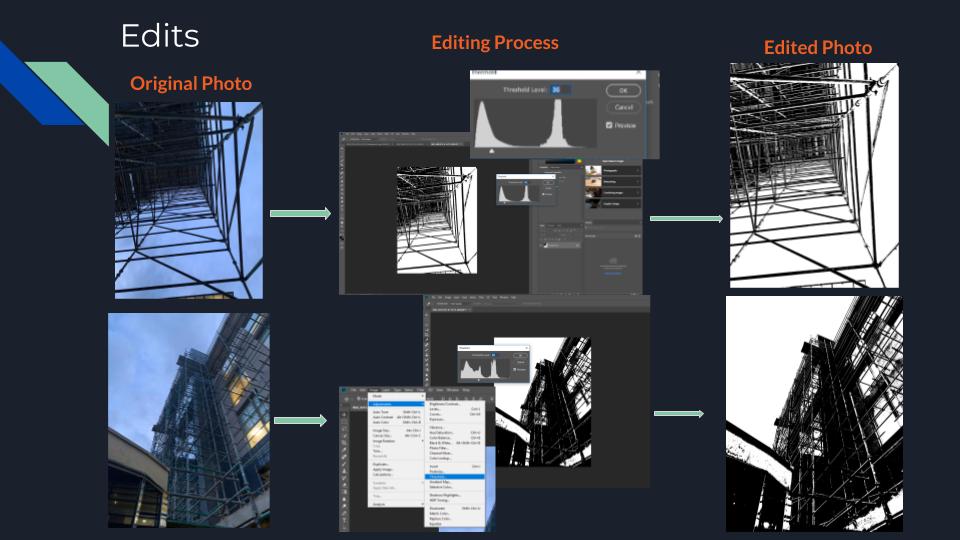
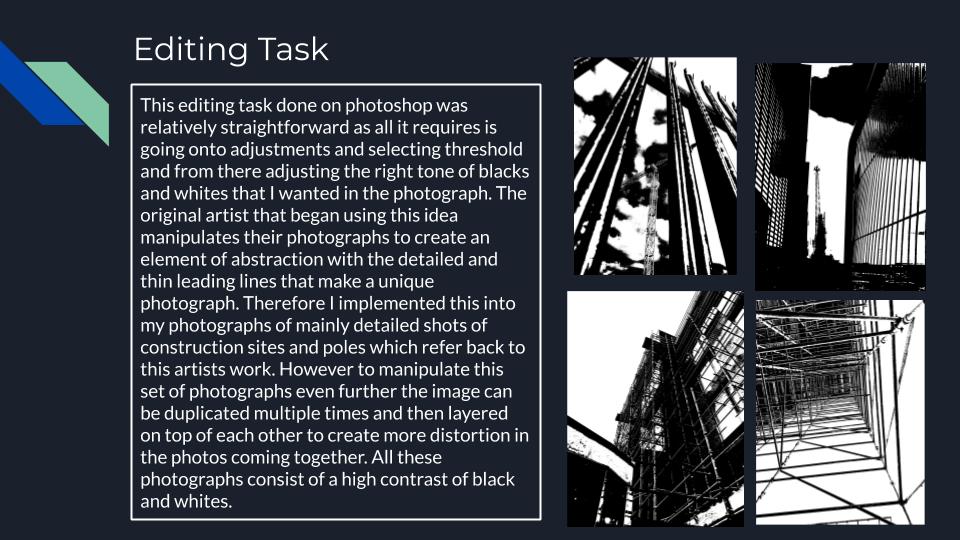
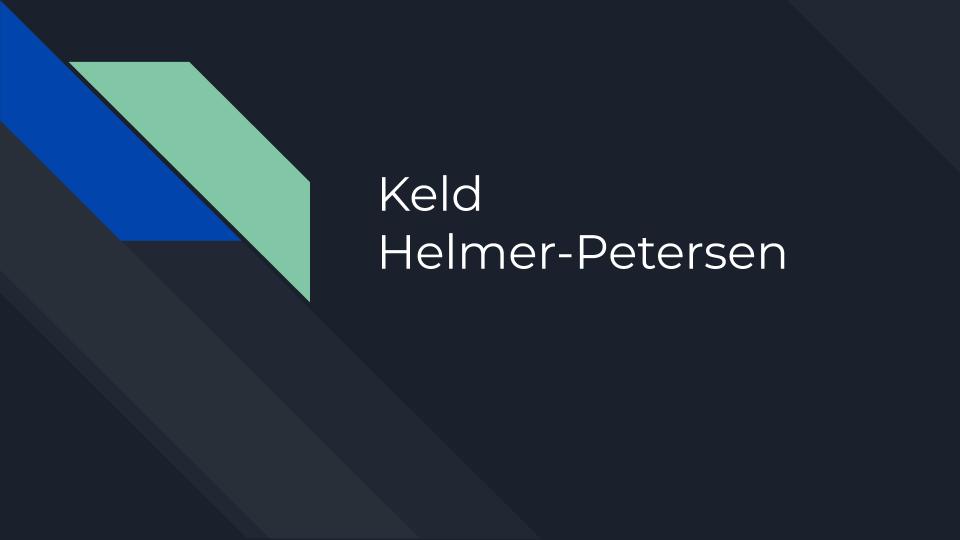




Urban landscape is a particular theme within photography where photos of industrial areas or more like populated cities are shot capturing everyday society. Generally there is a dramatic opposition between man made structures or human activity vs nature which clash together to create urban photography. Usually in photography including the element of urban landscape consist both landscape and complex areas such as cities and buildings. Urban landscape photography can be shot by inside a city or town or even from different perspective such as bird bird eyes/straight on views. Urban landscape photography is usually complex to photographers due to the variety of objects and places that can be fitted into one shot and the many different shapes and colours. Urban landscape is also the art of visual and structural integration of a set of buildings, streets, or populated areas that come together to form an urban environment. Below are some examples of urban landscape photography.



What is aperture? Aperture is the opening gap in the lens which allows different amounts of lighting into the photograph being taken. As you move between bright and dark environments, the iris in your eyes either expands or shrinks, controlling the size of your pupil. However in photography terms the “pupil” of your lens is called aperture. You can shrink or enlarge the size of the aperture to allow more or less light to reach your camera sensor. Aperture can be seen on the camera by looking at the f/stops and is generally written as numbers such as 1.4, 2, 2.8, 4, 5.6, 8, 11 and 16.
What is Depth of field? Depth of field is an important aspect in the taking of photographs. Depth of field is the distance between the closest and farthest objects in a photo that appears acceptably sharp. Now your camera can only focus sharply at one point. But the transition from sharp to unsharp is gradual. Depth of fields in photographs can be seen in foreground, middle ground and background.



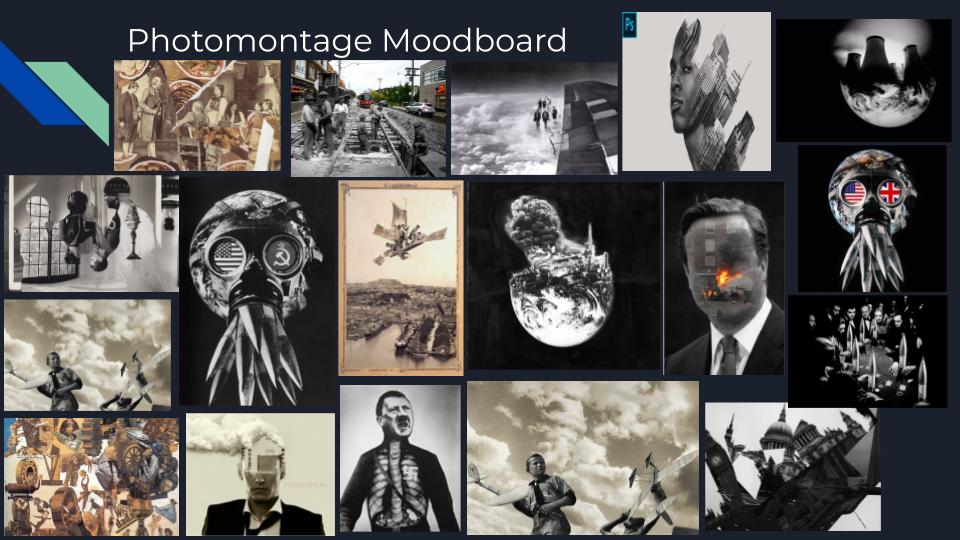



Emotional response: This photograph taken by Arnold Newman makes me feel intimidated as the portrait shot in this photo is glaring straight into the lens of the camera. When I first glanced at this photograph I noticed that there was an opposition of man vs nature as the deteriorated walls around the man possibly show an internal conflict with the man as he had to battle through the war by being a jew.
Technical aspects: At first glance of looking at this photograph bI can notice that in the foreground studio lighting is used to target light areas on certain parts of the man creating dramatic shadows underneath the eyes which increases the level of intimidation as this is a straight on shot. However in the background natural ambient lighting is used to light up the setting in this image. An average sized aperture would have been used in this photograph to capture different levels of lighting on the focal point and the scenery around. The camera used to take this photograph has captured a wide range of depth of field as seen in the foreground the image remains in sharp detail and moving towards the background it becomes increasingly blurry. This photograph would have been shot with a fast shutter speed as limited light was allowed into the lens as seen in the foreground as it remains relatively dark.
Visual aspects: A slight element of chiaroscuro can be seen in the foreground as the difference between the dark’s and lights can be spotted clearly throughout the image. Also the texture in the foreground is maintained sharp as noticed on the decayed walls surrounding the central portrait. In this photograph there’s also a pattern of leading lines that draw my eyes through the different depth of fields beginning with the foreground where the portrait which is the main focal point stands as it’s the closest thing to the lens therefore the focus used on the camera has picked up the most detail in this area. This photograph does not follow the Rule of Thirds as the focal point consisting of the portrait is remained in the central area of the image therefore when glancing at the image my eyes are drawn to this area and aren’t led elsewhere.
Contextual/Conceptual: This image was taken by a photographer called Arnold Newman in 1963 of a portrait of a jew named Alfred Krupp. This photographer has included a dark mysterious background which emphasizes the past of Krupp. The photographer has put him closely to the camera in the foreground with a decayed background which indicates the past he’s had behind him with heavily includes World War 2. If you look closely you can see railway tracks and trains which suggests that the Nazi’s would have used these trains to send the Jews to concentration camps such as Auschwitz.